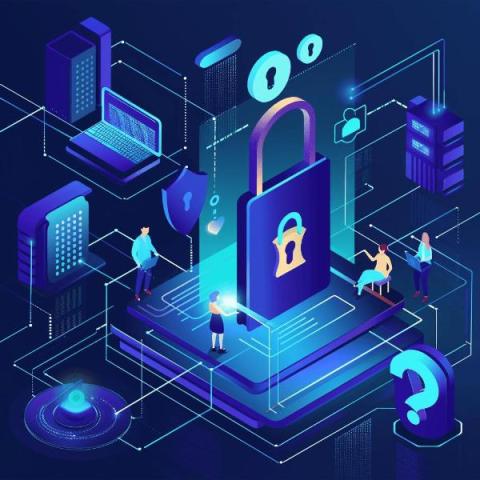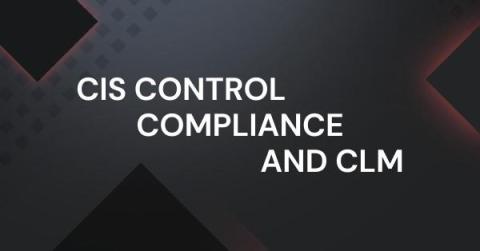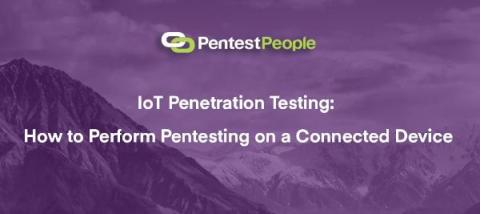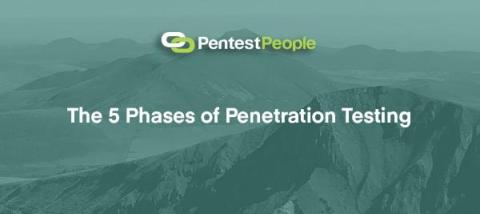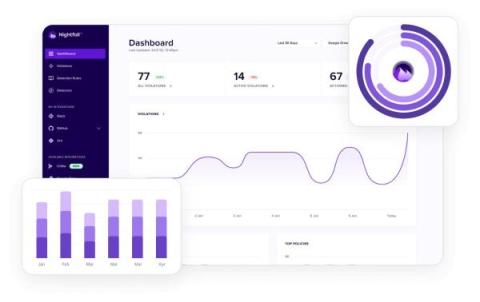LDAP Authentication, Configuration and Security Hardening - Signing, Binding and Configuring
Lightweight Directory Access Process (LDAP) serves as a user authentication mechanism tailored for directory services. This protocol is commonly employed by applications to retrieve resource data such as user profiles and various system elements. LDAP enables the identification of a client’s attributes with servers such as Active Directory, OpenLDAP, and Open DJ. Introduced in 1993, LDAP version 3 has been the Internet standard for directory services since 1997.


